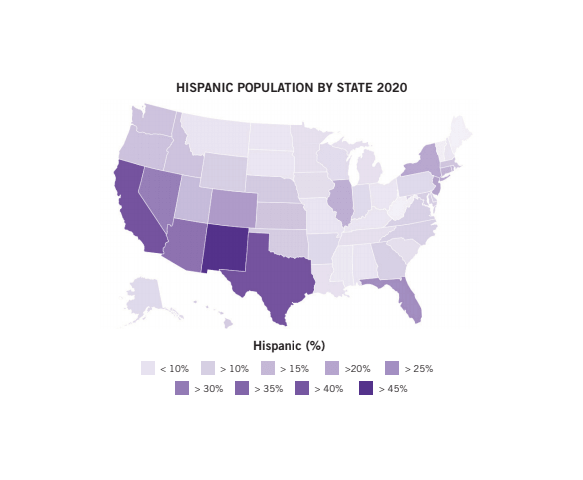Buying power to top $1.9 trillion
By Dave Rauf
Many companies are still behind the curve and are missing the opportunity to develop a growing segment of the Latino market.
At a recent Direct Selling Association meeting, Ideneth Vega began her presentation to dozens of executives a bit differently—by speaking in Spanish. The room, full of non-Spanish speakers, looked quite puzzled at first, she says.
But there was a good reason for the bilingual approach. Vega, the vice president of marketing for Houston-based Zurvita, was presenting on direct selling marketing efforts geared toward the burgeoning Hispanic demographic, a segment of the population growing faster than any other minority group in the country and whose purchasing prowess is also increasing exponentially.
This content is restricted to site members. If you are an existing user, please log in. New users may register below.



Comments are closed.